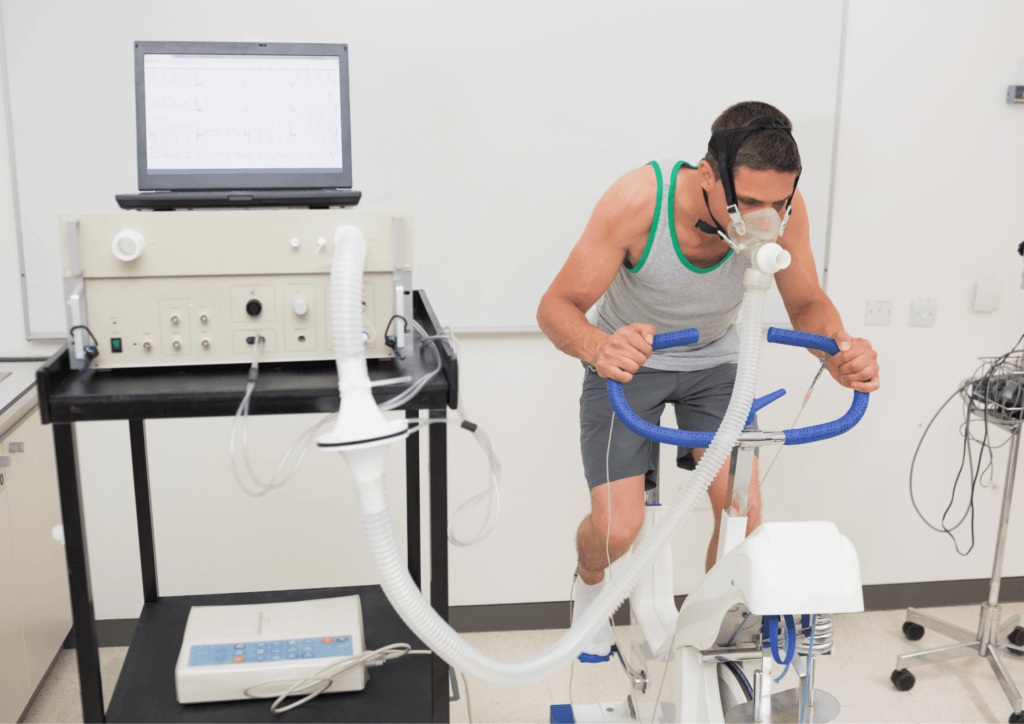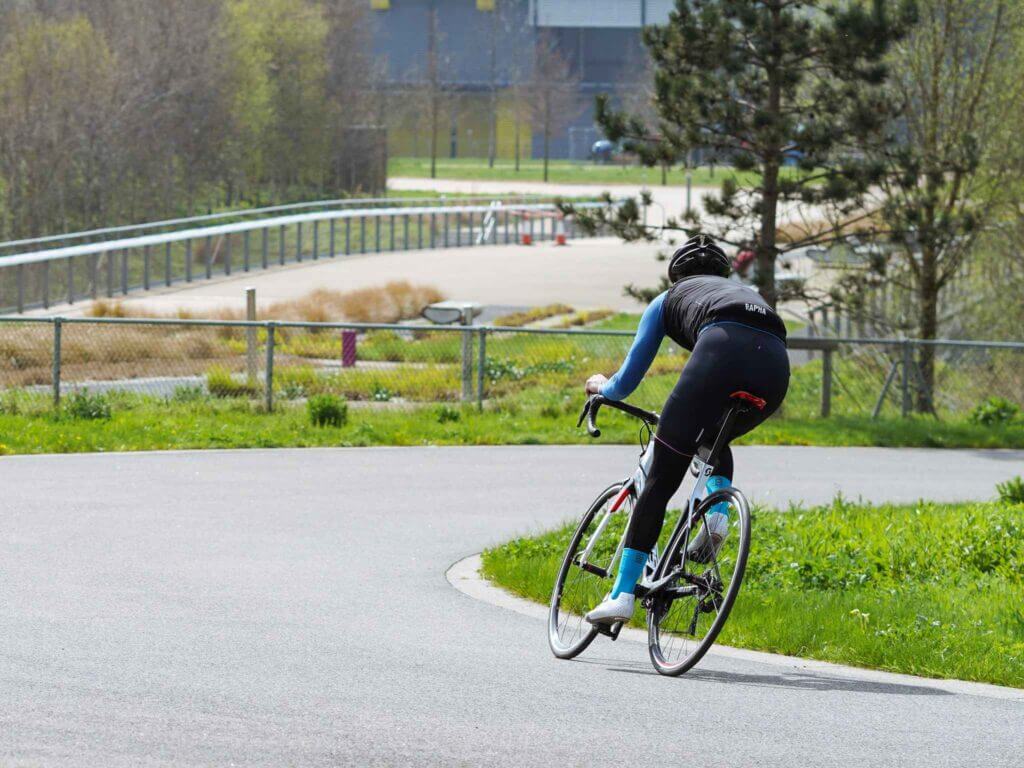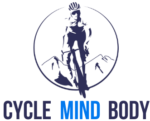Cycling is not just a hobby; it’s a way of life for many enthusiasts who thrive on challenging themselves to become better riders. However, countless cyclists unknowingly waste their time and effort on ineffective training methods, never realizing their full potential.
If you’re serious about taking your cycling performance and fitness to new heights, it’s time to embrace a game-changing approach: heart rate training.
Imagine spending countless hours on your bike, pushing yourself to the limit, but without any real understanding of whether your efforts are leading to meaningful progress.
Training without proper monitoring is like sailing without a compass—it’s easy to get lost and miss the mark. But with heart rate training, you’ll embark on a transformative journey, armed with powerful insights and a personalized roadmap to success.
In this comprehensive guide, we’ll delve into the science of heart rate training, revealing how understanding and utilizing heart rate zones can revolutionize your workouts. By wearing a heart rate monitor during rides, you’ll gain real-time feedback on your training intensity, enabling you to train smarter, not harder.
From enhancing endurance and optimizing fat burning to avoiding overtraining, heart rate training offers a plethora of benefits for cyclists of all levels.

Understanding Heart Rate Training
Heart rate training is a powerful and science-backed approach that involves using heart rate zones to guide your workouts, revolutionizing the way you train and achieve your cycling goals.
At the heart of this method is the utilization of a heart rate monitor during your cycling sessions, providing real-time data on your heart rate, allowing you to adjust your effort precisely according to specific training objectives.
Let’s take a closer look at the intricacies of heart rate training and the physiological benefits each heart rate zone offers:
| Zone | Effort | % of MHR |
|---|---|---|
| Zone 1 | Recovery | Less than 68% |
| Zone 2 | Endurance | 69-83% |
| Zone 3 | Tempo | 84-94% |
| Zone 4 | Threshold | 95 to 105% |
| Zone 5 | VO2 Max | More than 106% |
1. Zone 1 and Zone 2 (50-70% of MHR) – Endurance and Fat-Burning Powerhouses
In Zone 1 and Zone 2, which represent lower intensities, you lay the foundation for improved endurance and tap into your body’s fat-burning capacity. These zones are vital for cyclists aiming to build their aerobic base and extend their riding capabilities.
As you cruise through the scenic landscapes in these zones, your body becomes more efficient at utilizing oxygen, enabling you to sustain longer rides without feeling overly fatigued.
The fat-burning aspect of these zones is equally significant for those seeking to manage weight and improve body composition. By training in these heart rate zones, you encourage your body to rely more on stored fat as a primary fuel source, making it an efficient method to shed excess pounds while preserving muscle mass.
2. Zone 3 (70-80% of MHR) – Enhancing Your Lactate Threshold
Zone 3 is where the magic of lactate threshold improvement happens. Your lactate threshold refers to the point at which lactic acid begins to accumulate in your muscles faster than your body can clear it.
Training in Zone 3 pushes your lactate threshold higher, meaning you can sustain higher intensities for longer periods without succumbing to muscle fatigue and the dreaded “burn” feeling.
As you spend more time training in Zone 3, your body adapts by improving its ability to manage lactate buildup, effectively delaying fatigue and allowing you to maintain a higher pace during challenging rides or races.
3. Zone 4 (80-90% of MHR) – Unleashing Anaerobic Capacity and Speed
Zone 4 takes your training to the next level by targeting your anaerobic capacity and speed. Here, your body relies heavily on non-oxygen-based energy systems, enabling you to unleash bursts of power for short durations. These intense intervals are perfect for simulating race scenarios, tackling challenging hill climbs, or sprinting to victory.
By incorporating Zone 4 training strategically into your regimen, you not only improve your explosive power but also enhance your body’s ability to recover during periods of lower intensity. This heightened recovery capacity can be a game-changer in multi-stage races or during prolonged cycling events.
4. Zone 5 (90-100% of MHR) – Reaching for Peak Performance
At the pinnacle of heart rate training is Zone 5, where you push yourself to your absolute limits. This high-intensity zone is all about reaching for peak performance, developing maximal power output, and refining your sprinting abilities.
Zone 5 training should be approached with caution, as it places significant stress on your cardiovascular system. However, when used appropriately, it can be a valuable tool for competitive cyclists looking to fine-tune their explosiveness and edge out the competition in crucial moments of a race.
Determining Your Maximum Heart Rate (MHR)
Your Maximum Heart Rate (MHR) is the cornerstone of heart rate training, serving as a critical reference point for establishing personalized training zones. Let’s explore each method in detail to accurately determine your MHR, each offering unique insights into your cardiovascular capacity:
1. Maximum Heart Rate Formula: A Quick Estimation
One of the most straightforward and widely-known methods for estimating MHR is the classic “220 – age” formula. This simple calculation has been a go-to for many individuals and fitness enthusiasts.
However, it’s essential to recognize that the formula comes with some caveats and may not provide precise results for everyone.
One of the primary concerns with the “220 – age” formula is its generic nature. It was developed as an average estimation of MHR for the general population, assuming that the maximum heart rate declines with age at a relatively constant rate.
However, individual variations in cardiovascular fitness, genetics, and lifestyle choices can significantly impact MHR. As a result, relying solely on this formula may lead to overestimating or underestimating an individual’s true physiological capacity.
To improve upon the “220 – age” formula, alternative formulas have been proposed, each with its own set of assumptions and limitations. One such formula is the Tanaka formula: MHR = 208 – (0.7 * age). While it addresses some of the shortcomings of the original formula, it may still fall short in providing precise MHR estimates for certain individuals.
While these formulas can offer a quick estimation of MHR, they should be taken as rough approximations rather than definitive values. To gain a more accurate understanding of your MHR, more sophisticated methods like laboratory tests or self-monitoring during intense efforts are recommended.

2. Laboratory Tests: Precision Under Expert Guidance
For the most accurate determination of your MHR, laboratory tests are the gold standard. Conducted under the supervision of exercise physiologists or healthcare professionals, these tests provide precise insights into your heart rate response during controlled exercise.
One common laboratory test is the graded exercise test (GXT), where you undergo incremental exercise with increasing intensity levels while your heart rate is continuously monitored.
The experts meticulously observe your body’s response, tracking changes in heart rate and identifying the point at which your heart rate plateaus, representing your true MHR.
Laboratory tests offer unparalleled accuracy and are particularly valuable for athletes with specific performance goals, individuals with medical conditions, or those seeking precise data for personalized training. However, access to specialized facilities and equipment, as well as the associated costs, may limit widespread use.

3. Monitoring Heart Rate During Intense Efforts: Empowerment Through Self-Testing
For cyclists seeking a practical and independent method, monitoring heart rate during intense efforts can provide valuable data. While not as precise as laboratory tests, this approach empowers individuals to gauge their MHR without relying on external resources.
To perform this test, ensure you are adequately warmed up to avoid potential injuries. Find a safe and flat location with minimal distractions, as you will need to focus entirely on pushing yourself to your maximum effort.
Next, embark on an all-out effort, pushing yourself to your absolute limit for a sustained period. This could involve a challenging hill climb, a time trial, or a high-intensity interval session. A reliable heart rate monitor will continuously record your heart rate during this exertion.
It’s essential to approach this test with caution, as it requires pushing your body to its limits. This method is best suited for experienced cyclists who are familiar with their body’s responses and have no underlying health concerns. If in doubt, it is always wise to consult a healthcare professional before attempting this rigorous self-test.

Implementing Heart Rate Training in Your Cycling Routine
Armed with your personalized heart rate zones, you hold the key to unlocking your full potential as a cyclist. However, one particular zone deserves special attention and holds the secret to transformative results – Zone 2. Embracing the importance of Zone 2 training in your cycling routine can be the game-changer you’ve been searching for.

1. Zone 2: The Endurance and Fat-Burning Sweet Spot
Zone 2, encompassing 50-70% of your Maximum Heart Rate, is the sweet spot for building endurance and tapping into your body’s fat-burning capacity. Training in this zone is like laying a strong foundation for your cycling performance.
By spending quality time in Zone 2, you improve your aerobic system’s efficiency, enabling you to sustain longer rides without succumbing to fatigue.
Additionally, Zone 2 training is where the magic of fat burning occurs. As you maintain a steady effort in this zone, your body relies primarily on stored fat as a fuel source, making it an effective method for managing weight and improving body composition. This is particularly beneficial for endurance cyclists seeking to optimize their energy reserves during prolonged rides.
For most cyclists, the breakdown of hours spent in Zone 2 should be about 80% of their time, with the remaining 20% divided between intervals and recovery from said intervals.
This balanced approach ensures that the majority of your training time is dedicated to building your endurance foundation and maximizing the benefits of Zone 2 training.
2. Setting Clear Objectives: Tailoring Your Workouts
To maximize the benefits of heart rate training, it’s crucial to set clear objectives for your cycling routine. Defining specific goals will guide your heart rate training plan and ensure that each workout aligns with your aspirations.
Whether you’re preparing for a long-distance race or simply looking to improve your overall fitness, tailoring your workouts to your objectives is essential.
For endurance-focused goals, dedicating ample time to Zone 2 rides is paramount. Plan longer rides at a pace that keeps your heart rate within this zone, gradually building your aerobic capacity and extending your endurance capabilities.
By making Zone 2 training a central component of your regimen, you’ll notice remarkable improvements in your ability to tackle challenging rides and recover faster between efforts.

3. Balancing Intensity: Incorporating Variety Into Your Routine
While Zone 2 training is crucial, it’s equally important to maintain a balanced approach to your cycling routine. Heart rate training provides an effective framework, but incorporating variety into your workouts is essential for long-term success.
To prevent monotony and overuse injuries, diversify your routine with strength training, interval sessions, and occasional higher-intensity rides in Zone 4 or Zone 5.
Interval training, in particular, can complement Zone 2 training by improving your anaerobic capacity and overall cycling speed. These focused efforts simulate race scenarios and build your capacity to push harder during critical moments.
Remember, the goal is not to eliminate Zone 2 training but to complement it with other forms of exercise. As you diversify your routine, you challenge different muscle groups, improve overall fitness, and develop a well-rounded cycling performance.
The Benefits of Heart Rate Training for Cycling Fitness
Embracing heart rate training offers a plethora of benefits for cyclists of all levels, revolutionizing the way you ride and unlocking your true potential on the bike. Let’s explore in detail the remarkable advantages that heart rate training brings to your cycling fitness:

1. Enhanced Cardiovascular Endurance: Riding Towards New Horizons
At the heart of heart rate training lies the power to enhance your cardiovascular endurance. By dedicating significant time to Zone 1 and Zone 2 training, your body becomes more adept at utilizing oxygen efficiently. This results in improved aerobic capacity, allowing you to ride longer distances and tackle more challenging terrains with ease.
As you cultivate your cardiovascular endurance, you’ll find yourself conquering hills with newfound confidence, embarking on epic cycling adventures without feeling overly fatigued, and pushing your boundaries beyond what you thought possible.
2. Optimized Fat Burning: Fueling Your Performance
One of the most sought-after benefits of heart rate training is its ability to optimize fat burning. By spending considerable time in the lower heart rate zones, where the body predominantly relies on fat for fuel, you tap into a potent energy source that helps you manage weight and improve body composition.
For cyclists seeking to shed excess pounds and achieve a leaner physique, heart rate training provides a sustainable and effective approach. As you train your body to rely more on fat as a primary fuel source, you preserve precious muscle mass, ensuring that your performance remains at its peak.
Fueling your rides with the power of fat burning allows you to maintain steady energy levels and sustain your efforts for longer durations.
3. Injury Prevention and Balanced Training: A Sustainable Approach
One of the most crucial aspects of heart rate training is its ability to prevent overtraining and reduce the risk of injuries. By adhering to the appropriate heart rate training zones, you avoid the pitfalls of pushing your body beyond its limits, fostering a balanced and sustainable training routine.
Overtraining can lead to fatigue, burnout, and an increased risk of injury. Heart rate training provides a structured framework that guides you to train within your current fitness level and capacity, minimizing the risk of overexertion.
As a result, you can maintain consistent progress, avoid setbacks, and continue to enjoy the thrill of cycling without being sidelined by injuries. Heart rate training empowers you to listen to your body, adjust your efforts accordingly, and prioritize recovery to keep your body in peak condition.
FAQ About HEart rate training
Is heart rate training suitable for beginners?
Absolutely! Heart rate training is suitable and beneficial for cyclists of all levels, including beginners. It allows you to train at an intensity that matches your current fitness level, helping you progress gradually and safely.
Whether you’re new to cycling or an experienced rider, heart rate training provides a structured and personalized approach to optimize your performance.
Can heart rate training help with weight loss?
Yes, heart rate training can be highly effective for weight loss. The combination of improved cardiovascular endurance and optimized fat burning makes it an excellent tool for shedding excess weight while preserving muscle mass.
By spending time in the lower heart rate zones, where the body predominantly uses fat as a fuel source, you can achieve sustainable and lasting weight management results.
Should I wear a heart rate monitor during every ride?
While wearing a heart rate monitor during every ride is not mandatory, it’s highly beneficial for tracking your progress and ensuring that you stay within your target heart rate zones during focused workouts.
Consistent heart rate data provides valuable insights for your performance analysis, allowing you to gauge the effectiveness of your training and make data-driven adjustments to your routine.
How often should I reassess my heart rate zones?
Reassessing your heart rate zones every few months or when you experience significant changes in your fitness level is recommended. As your fitness improves, your heart rate zones may shift, and recalibrating them ensures that your training remains tailored to your current capabilities.
By staying up-to-date with your heart rate zones, you can continue to challenge yourself and progress towards your cycling goals effectively.
Should I wear a heart rate monitor during a race?
Wearing a heart rate monitor during a race is a personal choice and depends on your race strategy and goals. Some competitive cyclists prefer to use heart rate data during races to ensure they stay within their target intensity zones and avoid overexertion. Heart rate data can help you gauge your effort levels and ensure you pace yourself effectively, especially during longer races.
On the other hand, some cyclists may prefer to rely on perceived effort and race instincts without monitoring their heart rate during the event. Ultimately, the decision to wear a heart rate monitor during a race should align with your race plan and training preferences. If you choose to use one, ensure that you are comfortable with the device and its readings, and that it doesn’t become a distraction from your race focus.

